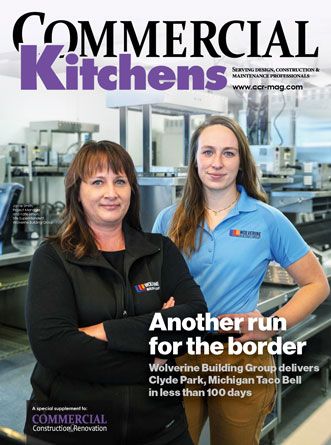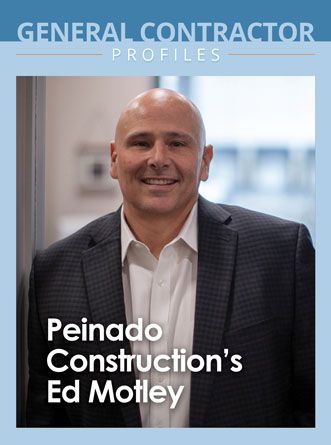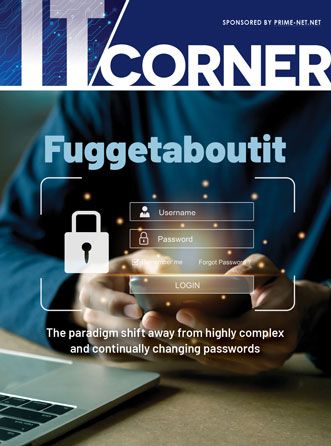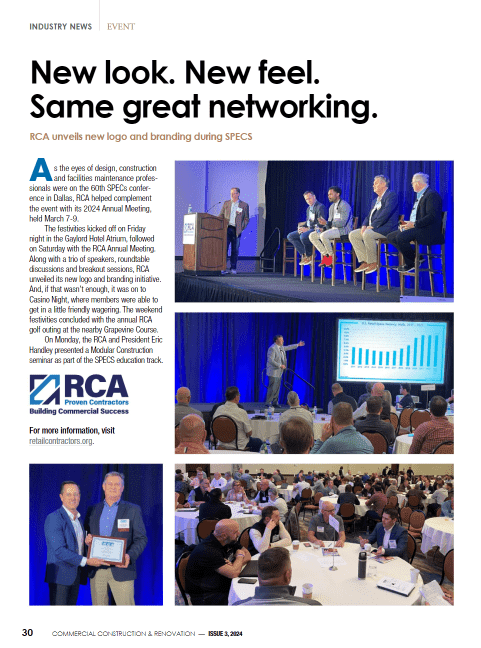A building’s interior can make a statement based solely on its design. The most common interior materials that construction firms use are wood, metal, and laminates.
Out of these three, laminates tend to get the most use because of their flexibility and affordability. They also have far better durability than their natural counterparts, making them ideal for industrial or commercial applications.
Construction companies have noticed how useful they can be, and their inclusion in modern industrial and commercial buildings has increased steadily over the years.
High-pressure laminate (HPL) panels are made up of several different layers, bonded together at high pressure. The interior layers tend to be lightweight, making for a much simpler installation process. They can also come in a variety of specialized material types, including sound and fire-retardant varieties.
They are usable in both exterior and interior situations, but recently many more commercial projects are opting for phenolic panel interior materials. Here, we explore why it’s become such a popular product for use inside of a building.
Understanding High-Pressure Laminate Panels
HPL is an evolution of an older construction technology we know as plastic laminate. According to FunderMax, modern phenolic panels are usually composed of multiple layers of kraft paper saturated with phenolic resin. Decorative designs are included on the outer layers of the paper, allowing for flexible use in interior design. Once the kraft-paper layers are constructed, the manufacturer applies heat and pressure to the structure to fuse the layers.
Phenoline and melamine resins are also known as thermoset plastics. Thought Co. informs us that a thermoset plastic becomes irreversibly rigid once heated. When these sheets are heated, the top and bottom layers of plastics that hold the kraft paper together become inextricably linked, forming a single laminate sheet.
What Makes HPL Panels Such a Popular Material?
In recent years, the use of high pressure laminate panels has increased for several reasons. Manufacturers realize that the inclusion of this innovative and flexible construction material can save them time and money in setup costs.
For the owners of the building, these panels can provide even more benefits, including:
- Impact and Scratch Resistance: The surfaces tend to be resistant to substantial impacts and scratches, keeping a glossy finish for longer than natural materials.
- Hygienic Properties: Once appropriately cleaned, they provide a harsh environment for bacteria to exist and proliferate.
- Resistant to Staining: The material has a high tolerance for even the most caustic of chemicals, making it nearly impossible to stain with everyday spills.
- Heat Resistant: This property is what makes it ideal for desktops and countertops, as excess heat doesn’t lead to warping and cracking as it would with natural materials.
- Flexible to Match Interior Decor: Thanks to the wide variety of material styles, shapes, and finished available, building owners aren’t limited to how they want their interior design to look.
- Waterproof: because of the plastic laminate on the surface, phenolic panels tend to be safe from water damage, giving it a distinct advantage over other materials.
- Anti-Static: the surface itself isn’t charged, and because of its anti-static properties, it doesn’t attract dust particles from the air, ensuring the surface always remains easy to clean.
- UV Resistance: With most other materials, constant exposure to sunlight can damage the finish because of the UV rays. HPL panels have better resistance to this type of damage, keeping its finish for longer.
Potential Applications for Phenolic Panels in Modern Construction
Because of the vast array of finishes and color schemes available for HPL panels, they can be used in various interior finishes. Wall linings can be customized to a building owner’s tastes. In addition, they can be an excellent option for locker-rooms and other areas that may have large amounts of moisture present due to its inherent water resistance.
Buildings that need lightweight, easy-to-install washroom partitions can similarly benefit. Its heat-resistant nature and the ability to stand up to staining makes it an ideal finish for desktops, countertops, and even tabletops in restaurants.
Thanks to its broad range of finishes and styles, high pressure laminate panels can be adapted to most building interiors. Commercial buildings, in particular, stand to benefit from the material. One of the best examples is its continuing use in commercial fast-food restaurants. These panels make for a sanitary surface that’s easy to clean and can deal with any heat or spills that land on the countertop. It’s durable enough to stand up to scratches and impact, ensuring that it doesn’t crack like older plastic laminates used to.
From an interior design perspective, phenolic panels can become one of the best ways to develop a unified design. Commercial companies, in particular, can benefit from having interior panels that fit the building’s decor scheme. Unlike other materials, where decorators are limited to what the material inherently offers, this material adapts to different prints, textures, and colors, making for a flexible color scheme to match the needs of the owner.
The Future of HPL Panels in Buildings
High pressure laminate panels are among the most versatile of modern construction materials. Its resilience ensures that it will be a significant part of modern construction for a long time to come. In addition, upgrading and replacing panels is simple, and there’s little impact on the environment due to the all-natural materials and resins. With such a versatile, easy-to-use material, we expect to see phenolic panels featuring in modern construction for quite a long time to come.
Author Bio:
Chad Bryant is the Managing Director at FunderMax North America, Inc. Since 1890, FunderMax has been a leading provider of sustainable HPL phenolic panels for exterior, interior, and laboratory surfaces that are customizable, durable, and easy to install. Learn more on our website at fundermax.us.

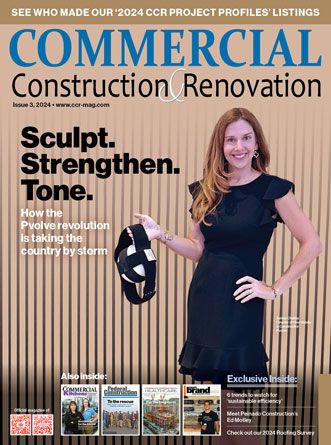




 The 2024 virtual Men’s Round Table will be held Q4, 2024, date TBD.
The 2024 virtual Men’s Round Table will be held Q4, 2024, date TBD.


